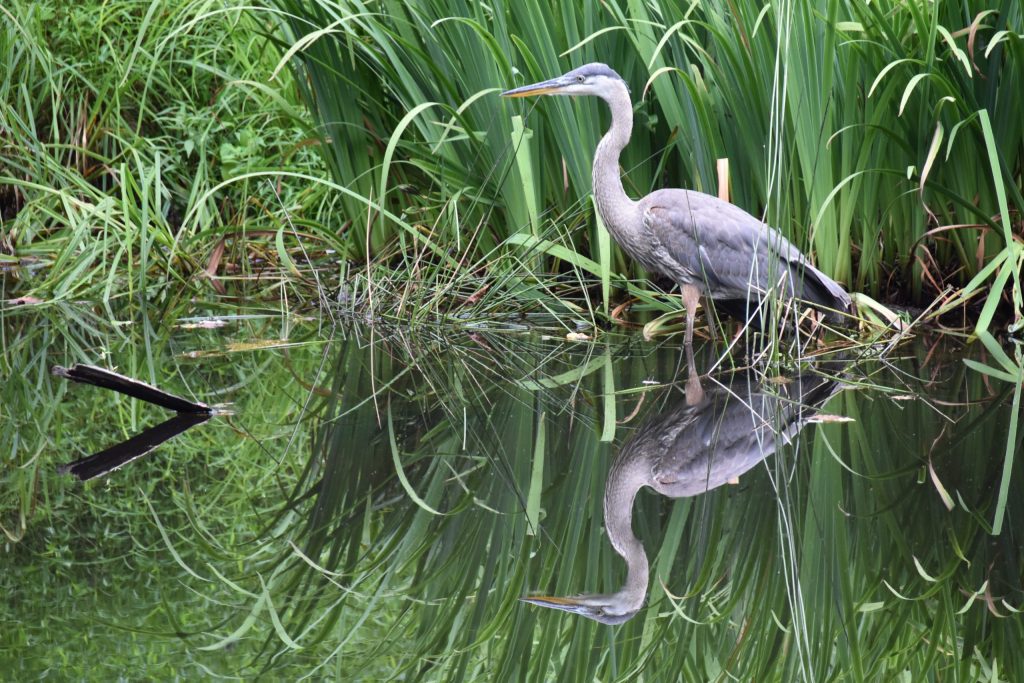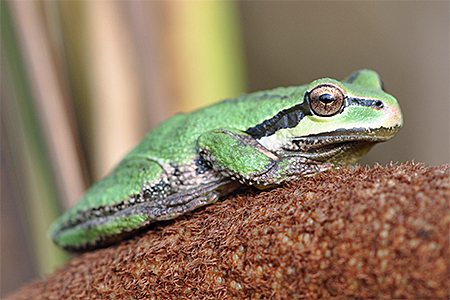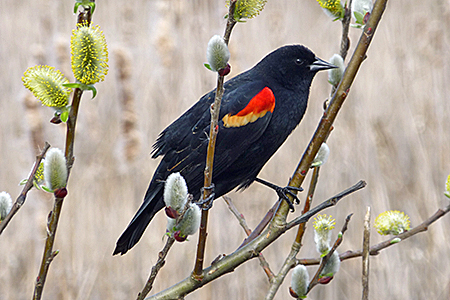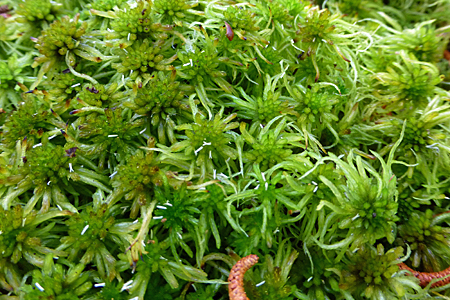Wetland Complexes

Wetlands rarely occur as a single wetland in isolation. They usually occur within a wetland complex with several types of wetland occurring adjacent to each other. Rithet’s Bog’s is a typical wetland complex. It has multiple examples of several types of wetland. The transition from one to the other is often gradual and indistinct. Nature lives by its own rules. Our classification systems are useful tools, but they are only an aproximation of the real world.
Biodiversity

Wetland support a high degree of biodiversity. One of Rithet’s Bog’s defining features is its variety of wetlands. We have four of the five types of wetlands defined by the Canadian Wetland Classification System: swamp, marsh, shallow open water and fen. Ironically, the only type we do not have is a true bog. Within the main types, Rithet’s Bog often has diferent sub-types. There are two types of swamp, shrub swamp and treed swamp. There are also two types of marsh, cattail marsh and bulrush marsh.
Ecological Services

Rithet’s Bog is part of the Colquitz River Watershed. Like any wetland, it has some important natural functions within the watershed. These functions are called Ecological Services.
Flood Control. Rithet’s Bog occasionaly floods during periods of high rainfall. This is a natural occurrence and an important function of any wetland within a watershed. By temporarily storing inflow from heavy rainfall and gradually releasing it downstream, Rithet’s Bog protects downstream areas in the Colquitz River system from flash floods. This, in turn, prevents property damage and protects investment in salmonid enhancement. The alternative is to spend millions of tax dollars to build engineered flow equalization facilities. Rithet’s Bog does it for free.
Bioremediation. The vegetation and soils in wetlands remove contaminants and help purify the water they discharge downstream. Cattails sequester heavy metals in their rhizomes. Wetland plants extract nutrients from the water to support their growth. All of the surface water entering Rithet’s Bog is storm water from residential and commercial property with some degree of contamination and nutrient loading. Rithet’s Bog helps to improve water quality downstream in the Colquitz River system.
Summer Drought

Rithet’s Bog has been experiencing repeated severe summer drought conditions since in 2018. Most of the open water at Rithet’s Bog is seasonal, so the ecosystems are adapted to dry summers. However, the severe and repeated summer drought conditions since 2018 have taken a toll. While many of the aquatic ecosystem look OK from a distance, close inspection reveals they have lost a considerable amount of their biodiversity. If theses summer drought conditions are an ongoing feature of climate change, then maintaining the wetlands at Rithet’s Bog will be challenging.
